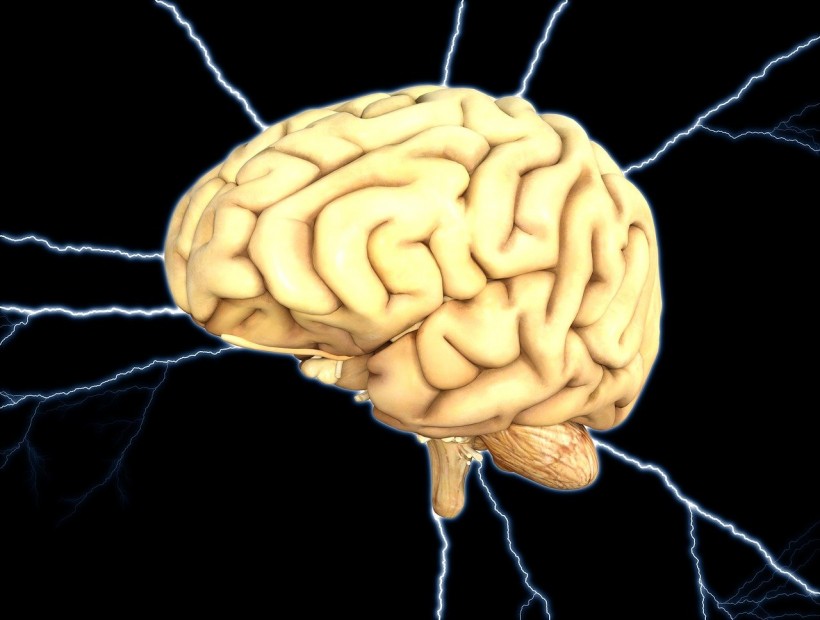An international group of scientists has created an intricate map of the human brain with unprecedented detail. This extensive brain atlas project, funded with $375 million since 2017, has revealed more than 3,300 unique brain cell types, marking a substantial advancement in knowledge.
Despite this breakthrough, the functions of these newly identified cells remain poorly understood. The research outcomes have been disseminated across 21 scientific papers, including publications in the journal Science.

Largest Map of the Human Brain Reveals 3,300 New Cell Types in the Most Complex Organ of the Body
Project BRAIN: The Making of the Most Detailed Brain Atlas Yet
Ed Lein, a lead author of five of the papers, emphasized that the brain atlas project is more than just an atlas; it represents a transformative step that opens up entirely new research possibilities by providing high-resolution insights into brain structures that were previously inaccessible.
The research was part of the National Institutes of Health's Brain Research through Advancing Innovative Neurotechnologies (BRAIN) Initiative Cell Census Network (BICCN). The project aimed to comprehensively catalog the diverse cells within the brains of mice, humans, and nonhuman primates, such as monkeys.
Cutting-edge techniques were applied, many of which had mainly been used in animal studies. Researchers employed transcriptomics to catalog RNA in individual cells and epigenomics to examine chemical tags on DNA that control gene activity. Single studies involved data from hundreds of thousands to millions of brain cells.
These techniques enabled the creation of single-cell-scale maps of both developing and adult human brains, as well as brains from primates like marmosets, macaques, chimpanzees, and gorillas.
When examining human and nonhuman primate brains, common cell types were observed, yet there were distinct variations in gene activity, impacting their intercellular interactions. These unique connections, or communication pathways between cells, play a significant role in distinguishing humans from chimpanzees, as emphasized by Trygve Bakken, a neuroscientist involved in the primate studies at the Allen Institute.
The human brain atlas, while remarkable in its detail, represents only a preliminary version. Future research aims to elucidate the functions of the newly discovered brain cells, especially those deep within the brain, such as the brain stem. Understanding how gene activity in different cells contributes to neurological disease development is another priority.
READ ALSO: Largest, Most Complex Insect's Brain Map Ever Made Shows Neural Connection
3,300 New Brain Cell Types
The research unveiled numerous novel types of neurons, the brain's information-processing cells that make up only half of the brain's cell population, with the remaining half comprised of mysterious cells like astrocytes and microglia.
Astrocytes provide vital support and nourishment to neurons, while microglia serve as immune cells that defend against foreign threats and refine neuron signaling by pruning branches. The study revealed many new cell types within these categories.
The researchers extended their investigation to other species, including chimpanzees, utilizing similar methods. Comparative analysis aimed to explore the evolutionary distinctions between the human brain and those of other primates. Surprisingly, the study found that all cell types in the human brain matched those in chimpanzees and gorillas, our closest living relatives.
Within these cells, researchers identified several hundred genes exhibiting varying activity in humans compared to other apes, many of which were located near genetic switches that regulate gene activation.
Significantly, these distinct human genes play a crucial role in forming neural connections known as synapses, which, as neuroscientist Trygve Bakken noted, contribute to what sets humans apart from chimpanzees.
Megan Carey, an independent neuroscientist, commended the vast data contribution of this research, emphasizing the importance of recognizing the brain as a self-regulating system, indicating that further understanding requires more than cataloging its components. Many aspects of this complex system still await discovery.
RELATED ARTICLE: EU Spent 600 Million Euros for the Human Brain Project; How Will It Affect the Future of Digital Brain Research?
Check out more news and information on Brain in Science Times.



![Earth's Quasi-Moon Kamo‘oalewa Could Originate From Lunar Surface Not Asteroid Belt [Study]](https://1721181113.rsc.cdn77.org/data/thumbs/full/53275/89/56/50/40/earths-quasi-moon-kamo-oalewa-could-originate-from-lunar-surface-not-asteroid-belt-study.png)










